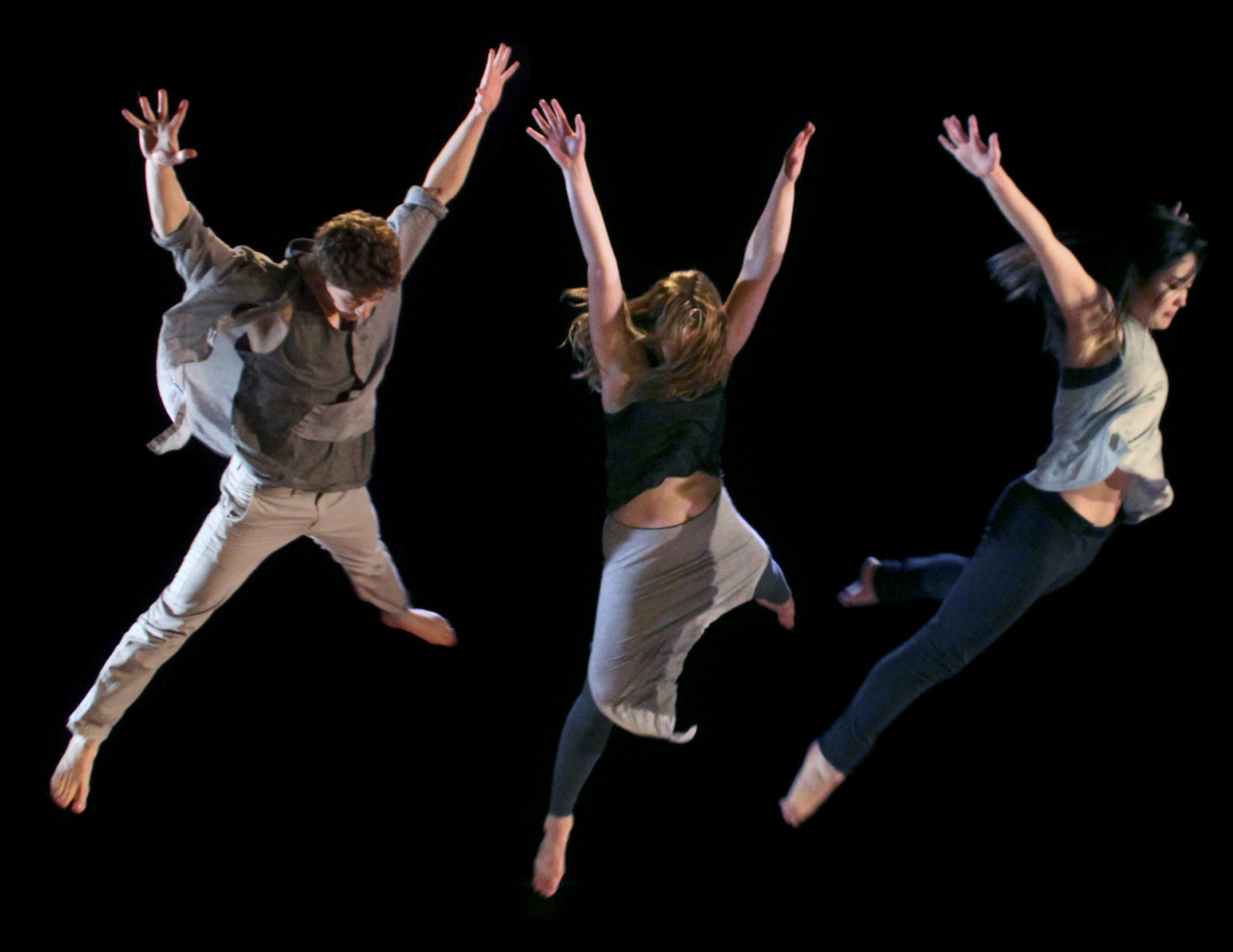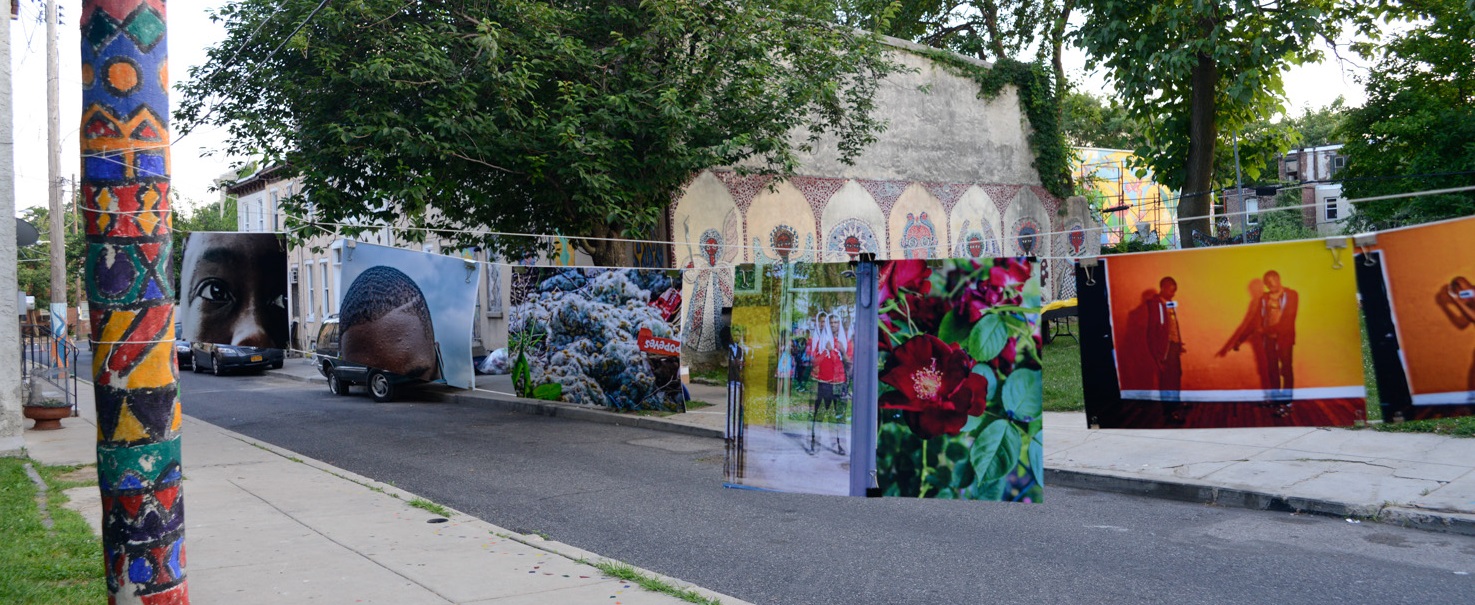This story was written by Anndee Hochman.
They began with a song and ended with a poem. In-between, there were photographs and giant graphic renderings, movement exercises and a “human pulse” formed when 90 people stood in a circle and squeezed each other’s hands.
At a June summit in Whatcom County, Washington, titled “Our Resilient Community: A Community Conversation on Resilience and Equity,” the arts played a starring role.
Kristi Slette, executive director of the Whatcom Family and Community Network, one of two Washington sites participating in the Mobilizing Action for Resilient Communities (MARC) project, says the arts—music, dance, sculpture, storytelling—can help audiences understand trauma, resilience and hope in a visceral way.
“When the research and the data don’t pull you in, interacting with the arts communicates with people in a way they’re open to,” she says. “It extends our reach.”

At the end, summit facilitators gathered those fragments into a poem.
“The arts are social languages of connection,” Slette says. “And we ended the day with that poem, with all the things we had created together.”
MARC communities across the country, from Alaska to Philadelphia, are inviting artists into the conversation and weaving the arts into their resilience-building work. At the Johnson County Mental Health Center, part of Resilient KC in Kansas City, a group of young adults developed a mural (pictured) about recovery and feeling safe in nature; the finished work will rotate among different Johnson County libraries.

In another Alaska project, the Hiland Mountain Lullaby Project, professional musicians work with incarcerated women to write and record lullabies for their children—work that has direct impact on the disrupted attachment that occurs when kids have a parent in prison. “We know that parental incarceration is an adverse childhood experience, and we have a higher incidence of it than other states,” says Laura Avellaneda-Cruz, program director of the Alaska Resilience Initiative. “Anything we can do to increase bonding for incarcerated children and parents is powerful.”
“Making art is going to lower your cortisol level,” says Michael O’Bryan, an artist, educator and activist with The Village of Arts and Humanities who co-chairs the ACE Task Force’s work group on community education. When people work together—creating a community mural or an original song—they build understanding and trust, O’Bryan says. And that, in turn, can lead to individual and community transformation.
Art-making can “get people involved in places where they feel comfortable enough to make mistakes, to adopt new behaviors and to strengthen their skills,” he says. “The arts have an uncanny opportunity to change our world.”
Artists and MARC leaders say they’ve learned some important lessons from their work together. Trevor Storrs, executive director of the Alaska Children’s Trust, says the strongest collaborations grow from relationships; pay attention to local artists, he advises, and seek out those whose work speaks to themes of adversity and struggle, healing and hope.
O’Bryan notes that artistic collaborations need to be a two-way street—that artists need thorough grounding in the science of ACEs and resilience, as well as the willingness to learn from the communities in which they’re based.

Slette, of Whatcom County, said that incorporating the arts into the work of resilience means “you’ve got to give space for the unexpected.” And while some participants may squirm at the idea of writing a poem or singing a song, that temporary unease can also be part of the healing process.
“You want to have the right balance,” she says. “You don’t necessarily want to make everybody have to pick up an instrument and dance. But we think it’s in those spaces of discomfort where growth happens.”
- Read “The Connection Between Art, Healing, and Public Health: A Review of Current Literature” (American Journal of Public Health, 2010).
This literature review by Heather L. Stuckey and Jeremy Nobel explores “the relationship between engagement with the creative arts and health outcomes, specifically the health effects of music engagement, visual arts therapy, movement-based creative expression, and expressive writing.”
- Check out these organizations that use peer support and the arts to overcome adversity:
- Learn more about Airings…Voices of our Youth, an exploration of the pressures young people face in the formative years of middle and high school.
Airings was created in partnership with staff from the Bellingham and Mount Baker School Districts (WA), the Whatcom Family and Community Network, faculty at Western Washington University’s Psychology Department and, most importantly, more than twenty teenagers from the surrounding community who have shared their stories. The power of Airings lies in the true stories of these young people expressing THEIR thoughts and THEIR feelings in THEIR words. Airings enjoyed seven performances at the Firehouse Performing Arts Center November 3-12, 2016. School-based performances are now underway and a companion educators’ guide is available for free on the website.
Share Your Learnings:
- Are you engaging artists to mobilize action for a just, healthy and resilient world? Tweet your #SharedLearnings to @healthfedMARC!

Comments (1)